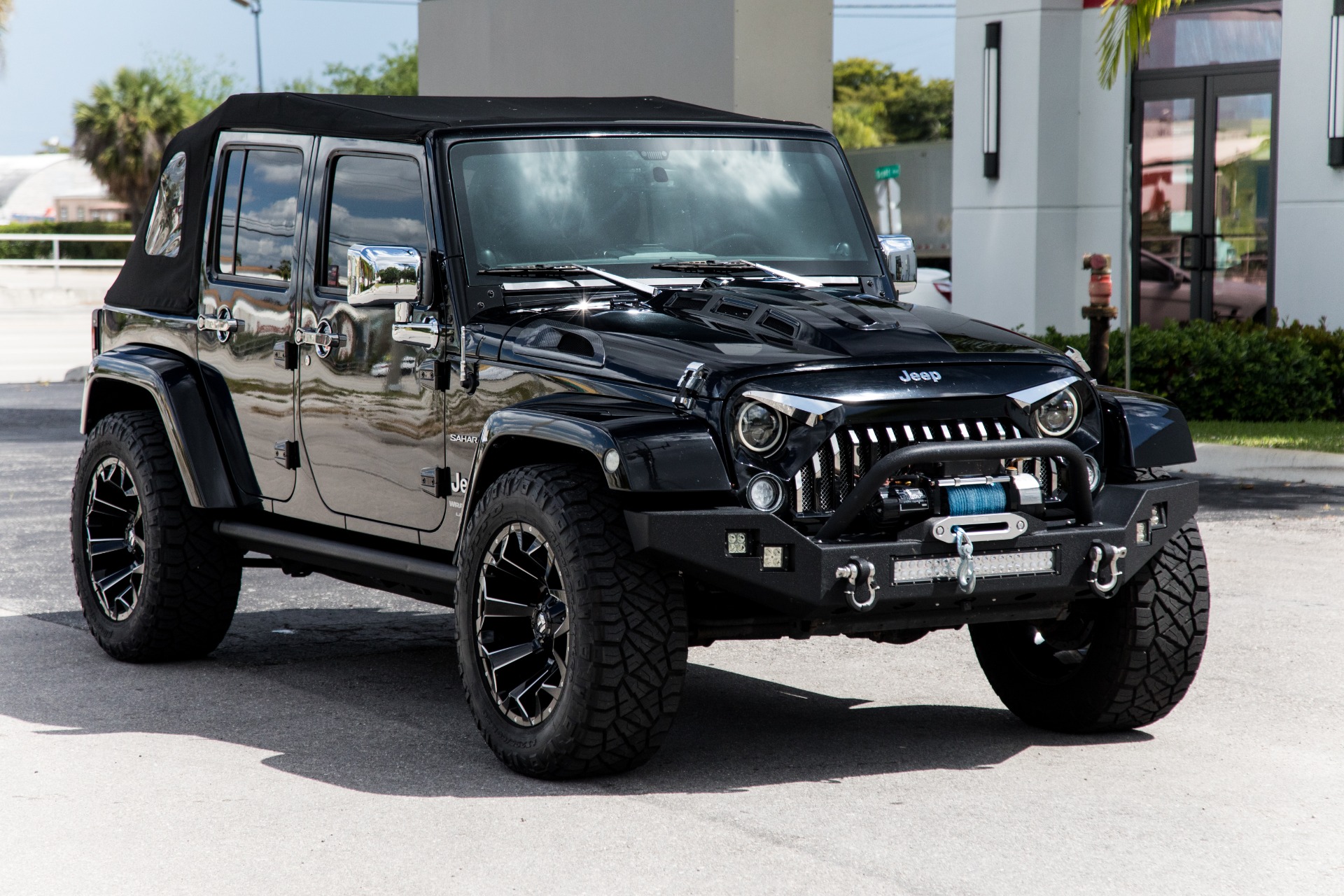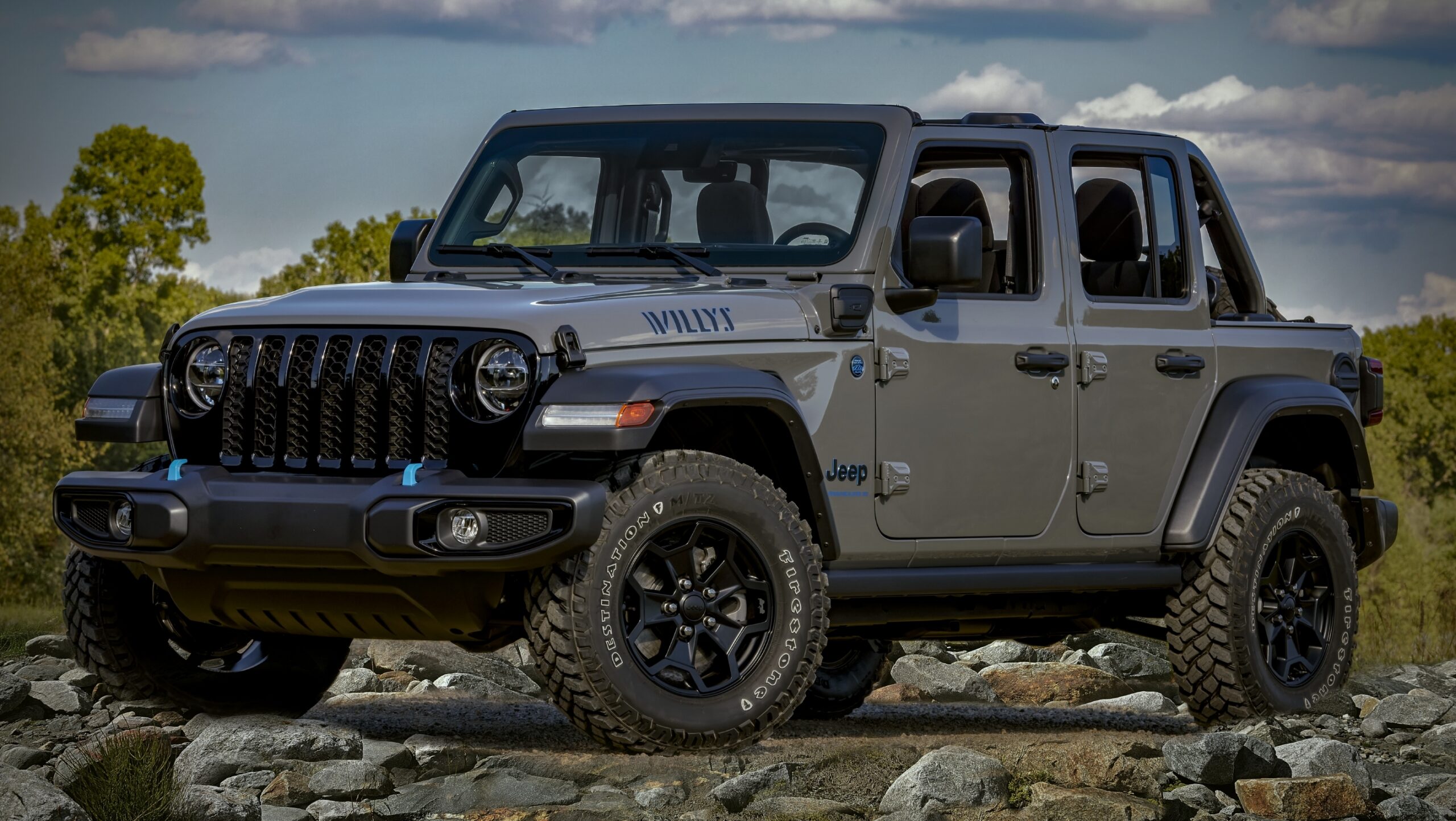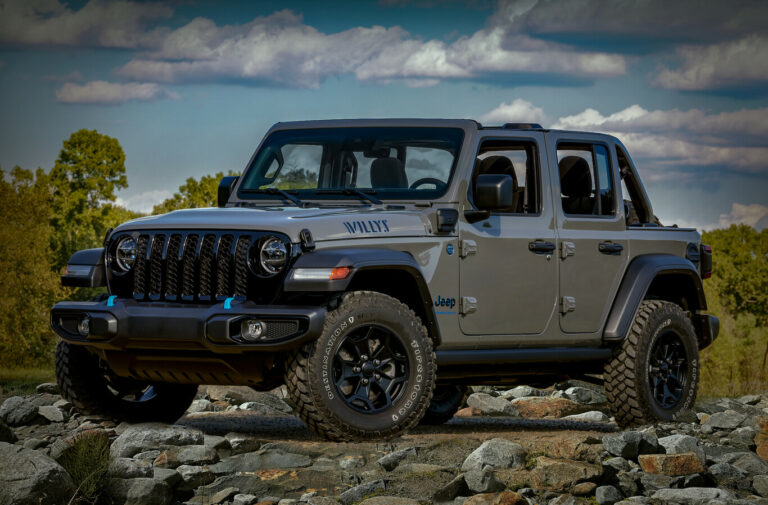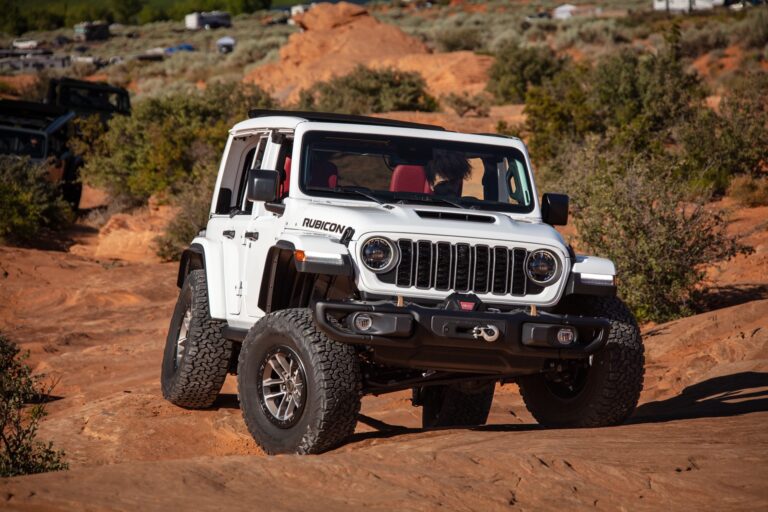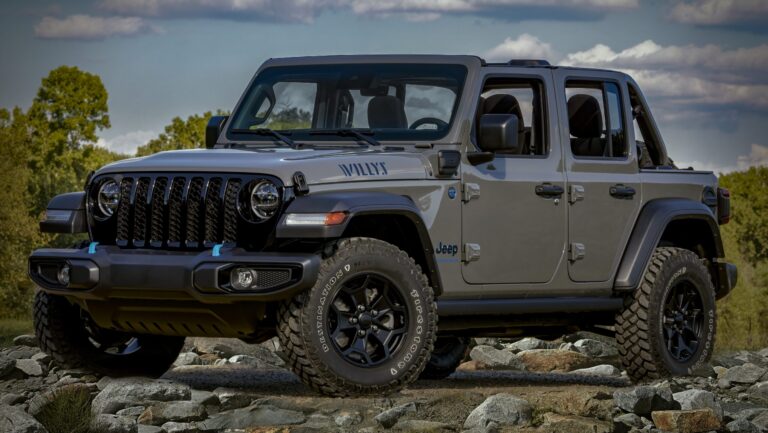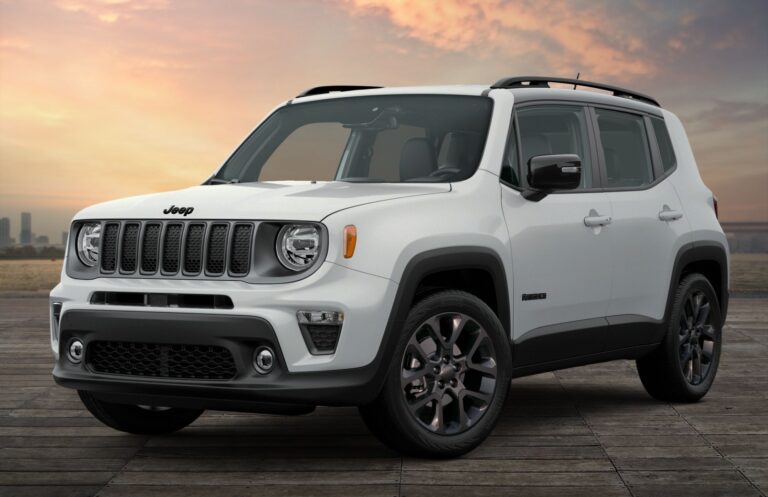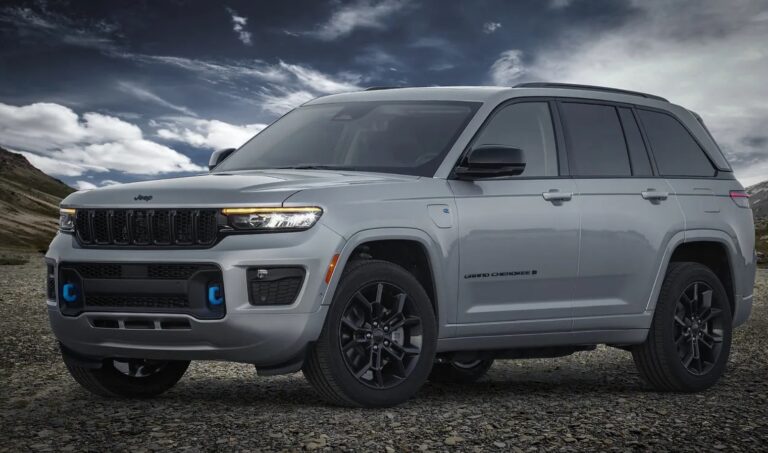Wrangler Jeep Hellcat: Unleashing Unholy Power
Wrangler Jeep Hellcat: Unleashing Unholy Power jeeps.truckstrend.com
In the vast landscape of automotive customization, few creations command attention and awe quite like the "Wrangler Jeep Hellcat." This isn’t a factory-produced model rolling off an assembly line; rather, it’s a Frankenstein’s monster of the highest order, a bespoke beast born from the audacious ambition of enthusiasts and expert fabricators. At its core, a Wrangler Jeep Hellcat is a standard Jeep Wrangler – an icon of off-road prowess and utilitarian design – dramatically re-engineered to house the formidable 6.2-liter supercharged HEMI V8 engine, famously known as the "Hellcat" engine. This powertrain, plucked from the likes of Dodge’s Challenger and Charger Hellcat or the Jeep Grand Cherokee Trackhawk, bestows the rugged Wrangler with an earth-shattering 707 horsepower (or more, depending on the variant) and over 650 lb-ft of torque.
The importance and relevance of the Wrangler Hellcat lie in its audacious defiance of convention. It marries the untamed spirit of the wilderness with the unbridled fury of a drag strip monster. It’s a statement, a showcase of engineering capability, and for many, the ultimate expression of automotive freedom. This article will delve deep into the anatomy, challenges, and sheer thrill of the Wrangler Jeep Hellcat, offering a comprehensive guide for anyone captivated by this extraordinary machine.
Wrangler Jeep Hellcat: Unleashing Unholy Power
The Genesis of a Beast: What is a Wrangler Hellcat?
The story of the Wrangler Hellcat begins with two distinct legacies: the Jeep Wrangler’s unparalleled reputation for go-anywhere capability and the Hellcat engine’s undisputed reign as a king of horsepower. The Wrangler, with its solid axles, robust frame, and removable doors/roof, has long been a canvas for modification, primarily aimed at enhancing its off-road performance. The Hellcat engine, on the other hand, was designed for blistering straight-line speed, delivering supercar-level acceleration in a muscle car package.
The "why" behind putting such an engine into a Wrangler is multifaceted. For some, it’s the ultimate challenge – a test of engineering prowess to integrate a complex, high-output engine into a platform never intended for it. For others, it’s about creating an unparalleled driving experience: the ability to conquer rugged trails, then, with a flex of the right foot, outrun most sports cars on the asphalt. It’s the shock factor, the sheer absurdity of a vehicle known for crawling rocks suddenly emitting a supercharger whine and rocketing forward with violent acceleration. This unique blend of power and practicality (or lack thereof, depending on perspective) makes the Wrangler Hellcat a truly unique and highly sought-after custom build.
The Engineering Marvel: Anatomy of a Hellcat Swap
Transforming a humble Wrangler into a Hellcat-powered titan is no small feat. It requires extensive re-engineering across nearly every major system of the vehicle.
Engine & Drivetrain
The heart of the beast is, of course, the Hellcat engine. This supercharged 6.2L HEMI V8 is typically paired with an incredibly robust 8HP90 automatic transmission, capable of handling the immense torque. Integrating this into a Wrangler requires custom engine mounts and a bellhousing adapter to mate it to a heavy-duty transfer case. Crucially, the Wrangler’s original axles are simply not strong enough to cope with the Hellcat’s output. Upgraded axles, such as Dana 60s or even larger, with reinforced internals, are absolutely essential to prevent catastrophic failure under power. Driveshafts must also be custom-fabricated and significantly strengthened.
Chassis & Suspension
![]()
The Hellcat engine is heavier than the Wrangler’s stock V6 or 4-cylinder engines, necessitating significant suspension upgrades. Heavy-duty springs, performance shocks (often coilovers), and reinforced control arms are common to manage the added weight and power. The frame itself may require reinforcement, particularly around the engine mounts and suspension points, to withstand the immense forces generated by the powertrain. Body lifts or suspension lifts are often incorporated to provide clearance for the engine and larger tires, while also enhancing the vehicle’s aggressive stance.
Cooling & Fuel Systems
The Hellcat engine generates a tremendous amount of heat. The Wrangler’s stock cooling system is woefully inadequate. A comprehensive cooling system upgrade is paramount, including a high-capacity radiator, auxiliary coolers for the transmission and power steering, and a dedicated intercooler system for the supercharger. Similarly, the fuel system must be entirely upgraded to handle the massive fuel demands of the Hellcat, requiring larger fuel lines, a high-flow fuel pump, and often a custom fuel tank or reservoir.
Electronics & Wiring
This is arguably the most complex aspect of the swap. Integrating the Hellcat’s sophisticated Engine Control Module (ECM) and its intricate network of sensors, modules, and wiring harnesses into the Wrangler’s existing electrical system is a monumental task. It involves custom wiring looms, CAN bus communication integration, and often reprogramming of various vehicle control units to ensure all systems (ABS, traction control, gauges, etc.) communicate correctly and function as intended.

Exhaust & Brakes
A custom exhaust system is necessary to accommodate the Hellcat engine’s specific requirements and deliver its iconic roar. Given the incredible increase in power and speed, the Wrangler’s stock brakes are insufficient. Performance brake kits, often featuring larger rotors and multi-piston calipers (like those from Brembo), are a critical safety upgrade to bring this beast to a halt effectively.
The Driving Experience: On-Road & Off-Road Dynamics
Driving a Wrangler Hellcat is an experience unlike any other.
On-Road: On pavement, the Hellcat Wrangler transforms into a ludicrously fast, high-riding missile. The acceleration is brutal, pushing you back into your seat with an intensity that belies its brick-like aerodynamics. Highway cruising can be surprisingly comfortable, though the distinct supercharger whine is a constant reminder of the power lurking beneath the hood. However, its high center of gravity and short wheelbase (especially in 2-door models) mean handling is still very much that of a Wrangler, not a sports car. Cornering demands respect, and traction can be a significant challenge, especially with off-road tires. Responsible throttle control is paramount to avoid unwanted wheelspin and maintain control.

Off-Road: While the power is immense, its utility off-road is debatable. For high-speed desert running or sand dunes, the Hellcat’s power can be exhilarating, allowing the Wrangler to float over terrain. However, for technical rock crawling or tight trail navigation, the sheer horsepower can be detrimental. Precise throttle control, already difficult, becomes nearly impossible with 700+ hp, often leading to excessive wheelspin and component strain. The added weight of the engine can also affect suspension articulation and approach/departure angles. Most Hellcat Wrangler owners tend to use them more for show, spirited on-road driving, or less extreme off-roading where raw power can overcome obstacles.
The Build Process: DIY vs. Professional Conversion
Acquiring a Wrangler Hellcat typically involves one of two paths: a DIY build or commissioning a professional shop.
DIY (Do-It-Yourself): This route is only advisable for highly skilled individuals with extensive mechanical, electrical, and fabrication experience, along with access to specialized tools and equipment. It’s a massive undertaking, fraught with technical challenges, unexpected complications, and potentially significant safety risks if not executed perfectly. While it can save on labor costs, the time commitment and potential for expensive mistakes are substantial.
Professional Builders: For most, commissioning a reputable custom shop is the only viable option. Companies specializing in Hemi and Hellcat swaps for Jeeps have the expertise, proprietary parts, custom wiring harnesses, and tuning knowledge to execute these complex conversions safely and reliably. These shops often offer various packages, from basic engine swaps to full turn-key builds with upgraded everything. While significantly more expensive, a professional build typically comes with a degree of warranty (though often limited for such a custom vehicle) and the assurance of a properly engineered and integrated system.
Important Considerations & Challenges
Owning a Wrangler Hellcat comes with a unique set of challenges beyond the initial build cost.
- Legality & Emissions: Depending on your state or country, registering and legally operating a vehicle with an engine swap can be complex. Emissions testing, OBD-II compliance, and vehicle inspections may pose hurdles, especially for a non-OEM engine installation.
- Reliability & Maintenance: While the Hellcat engine itself is robust, the components around it (drivetrain, axles, transmission) are under immense strain. Regular, meticulous maintenance is crucial, and owners should anticipate higher wear and tear on various parts. Specialized mechanics may be required for servicing.
- Insurance: Insuring a highly modified, high-performance vehicle can be difficult and expensive. Insurers may be wary of the non-standard configuration and the increased risk associated with such power.
- Resale Value: While unique, the resale market for custom-built vehicles is niche. You’re unlikely to recoup the full cost of the build, as the value is highly subjective and depends on the quality of the build and the specific buyer.
- Safety: Managing 700+ horsepower in a vehicle with a relatively high center of gravity requires a high degree of driving skill and caution. The potential for loss of control is real, especially with sudden inputs or in adverse conditions.
Is a Wrangler Hellcat Right for You?
The Wrangler Hellcat is not for everyone.
It’s for you if:
- You crave unparalleled power and acceleration in an unconventional package.
- You appreciate bespoke, high-performance custom builds.
- You have a substantial budget for the initial build and ongoing maintenance.
- You seek a vehicle that is a definite head-turner and conversation starter.
- You prioritize unique driving experiences over conventional practicality.
It’s NOT for you if:
- You’re on a tight budget.
- You’re looking for a simple, low-maintenance daily driver.
- Your primary use is extreme off-road rock crawling.
- You prefer factory-engineered vehicles with full warranties.
- You’re not comfortable with the complexities and potential risks of a highly modified vehicle.
For those who desire a potent Wrangler but find the Hellcat swap too extreme, alternative options include HEMI V8 swaps (5.7L or 6.4L), which offer significant power increases without the same level of complexity or cost, or even forced induction kits for the stock engines.
Wrangler Jeep Hellcat Estimated Price Guide
Given that the Wrangler Hellcat is a custom build, prices are highly variable and depend on the donor vehicle, the specific components chosen, the builder’s reputation, and the extent of modifications. The figures below are estimates for a professional, high-quality build.
| Component/Service | Estimated Price Range (USD) | Notes |
|---|---|---|
| Donor Jeep Wrangler | $30,000 – $60,000+ | Used JK or JL Unlimited; price varies greatly by year, trim, mileage. |
| Hellcat Crate Engine | $15,000 – $25,000 | Brand new Mopar crate engine; used engines can be cheaper but riskier. |
| 8HP90 Transmission | $3,000 – $6,000 | Heavy-duty automatic transmission. |
| Engine Swap Kit | $5,000 – $15,000 | Includes mounts, wiring harness, ECU integration components. |
| Heavy-Duty Axles | $10,000 – $20,000+ | E.g., Dana 60s or custom units; per pair. Critical for power handling. |
| Suspension Upgrade | $3,000 – $10,000+ | High-performance shocks, springs, lift kit, control arms. |
| Performance Brakes | $2,000 – $8,000+ | Larger rotors, multi-piston calipers (e.g., Brembo). |
| Cooling System Upgrade | $1,000 – $3,000 | High-capacity radiator, intercooler, auxiliary coolers. |
| Fuel System Upgrade | $1,000 – $3,000 | High-flow pump, larger lines, custom tank if needed. |
| Custom Exhaust System | $1,000 – $4,000 | Tailored for Hellcat engine in Wrangler chassis. |
| Labor (Professional Shop) | $20,000 – $50,000+ | Highly variable based on shop rates, complexity, and scope of work. |
| Miscellaneous/Tuning | $5,000 – $15,000+ | Driveline modifications, custom fabrication, tuning, unforeseen costs. |
| Total Estimated Cost | $97,000 – $210,000+ | Excluding the initial cost of the donor Jeep. |
| Overall Project Total | $127,000 – $270,000+ | Including a donor Jeep in the $30k-$60k range. |
Note: These figures are for a complete, professional conversion. DIY builds can be cheaper for labor but carry higher risks and require significant personal investment in time and tools. Prices for Hellcat crate engines and donor Wranglers fluctuate.
Frequently Asked Questions (FAQ)
Q1: Is the Wrangler Jeep Hellcat a factory-produced model?
A: No, absolutely not. The Wrangler Jeep Hellcat is an aftermarket custom conversion, where a Hellcat engine is swapped into a Jeep Wrangler by specialized shops or skilled individuals.
Q2: How much horsepower does a Wrangler Hellcat have?
A: A stock Hellcat engine produces 707 horsepower (or 717 hp in later variants like the Redeye, or 797 hp in the Demon/Redeye engine). Some custom builds may modify the engine further for even more power.
Q3: Can I daily drive a Wrangler Hellcat?
A: While technically possible, it’s not ideal for most. The immense power, increased fuel consumption, higher maintenance demands, and unique driving dynamics make it less practical than a standard Wrangler for daily commuting.
Q4: Is a Wrangler Hellcat good for off-roading?
A: It depends on the type of off-roading. For high-speed desert or dune driving, the power is exhilarating. However, for technical rock crawling or precise trail navigation, the sheer horsepower can be difficult to manage, and the added weight can impact articulation. It’s generally more of a showpiece or high-performance street vehicle.
Q5: How much does a Wrangler Hellcat conversion cost?
A: A professional, high-quality Hellcat conversion can cost anywhere from $97,000 to over $210,000, not including the cost of the donor Jeep Wrangler. When factoring in the donor vehicle, the total project can easily exceed $127,000 to $270,000+.
Q6: Is a Wrangler Hellcat street legal?
A: This varies significantly by state and country. Emissions regulations, engine swap laws, and vehicle inspection requirements can make it challenging to register and legally operate a highly modified vehicle like a Wrangler Hellcat. It’s crucial to research local laws before embarking on such a project.
Conclusion
The Wrangler Jeep Hellcat stands as a monument to automotive excess and engineering audacity. It’s a vehicle that defies categories, blending the rugged individualism of the Jeep Wrangler with the unadulterated fury of a supercar engine. It is not a practical choice for the faint of heart or the light of wallet, but for those who dare to dream of a vehicle that can conquer both the concrete jungle and the untamed wilderness with blistering speed, the Wrangler Hellcat represents the pinnacle of custom performance. It’s more than just a vehicle; it’s a statement, a challenge met, and an experience that few will ever forget. As a testament to what’s possible when passion meets engineering, the Wrangler Jeep Hellcat continues to roar, cementing its place as one of the most exciting and extreme custom builds in the automotive world.
